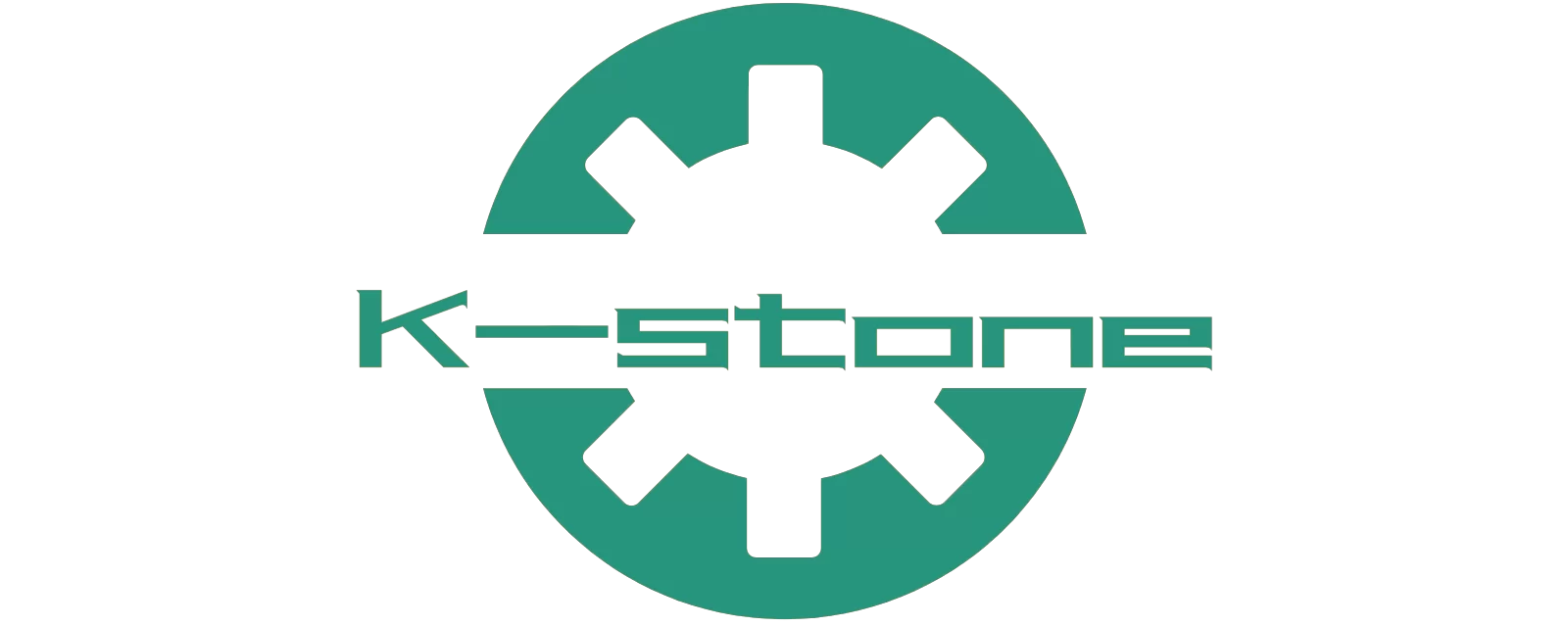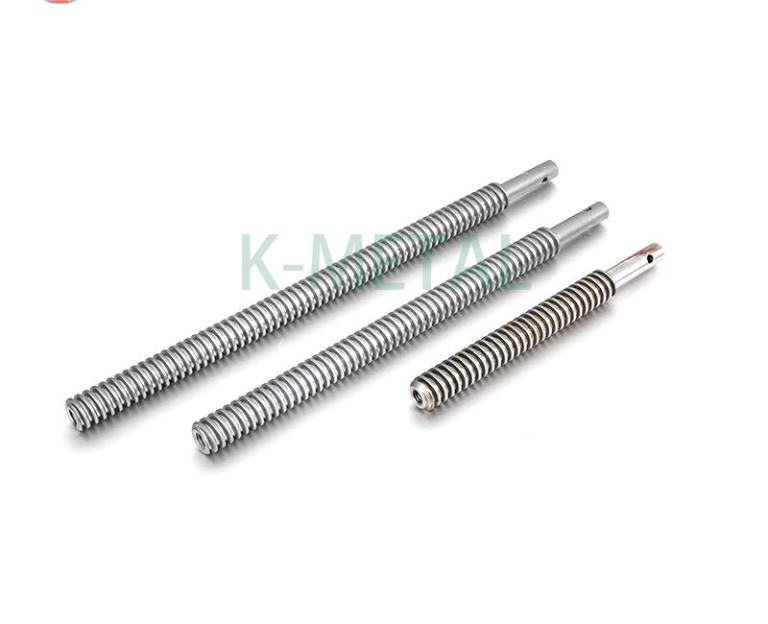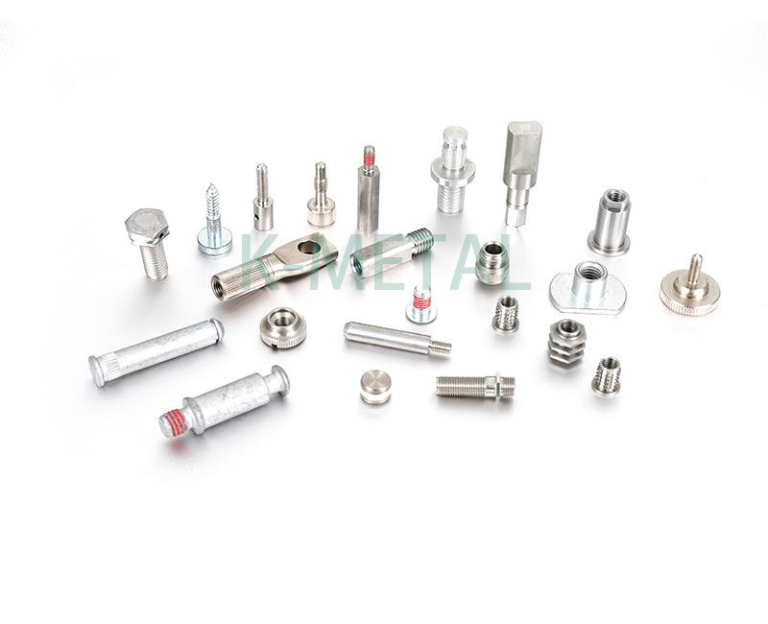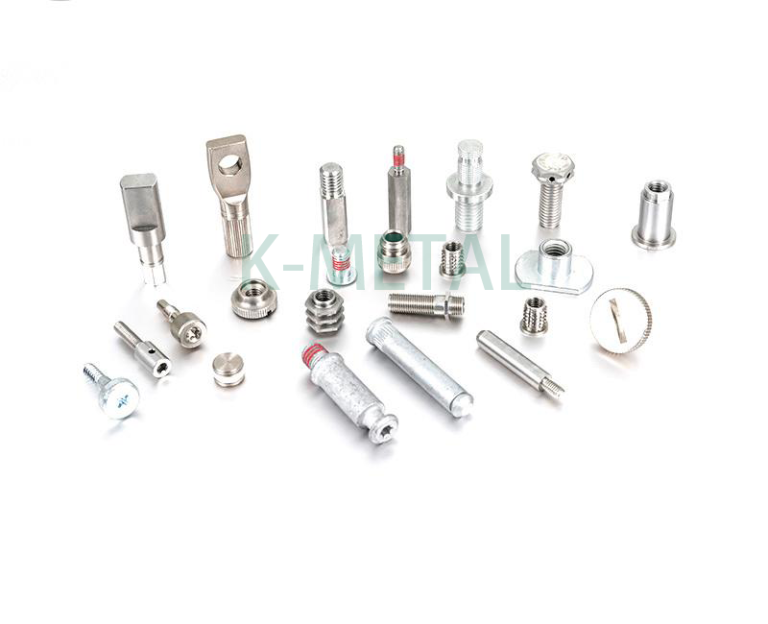
Non standard embedded nut
The material, diameter, thickness, joint model specifications, and product quality of the oil pipe joint must meet the design standards.
1. Common oil pipe joints have defects. The following abnormal phenomena are not allowed to be applied:
① The surface of the inner and outer walls of the oil pipe joint is severely corroded or discolored.
② The deep cracks on the surface of the customized oil pipe joint exceed 10% of the pipe wall thickness.
③ There are small holes in the wall thickness.
④ The surface depression level of the oil pipe joint reaches more than 10% of the pipe diameter.
2. When using bent oil pipe joints, the following abnormal phenomena are not allowed:
① The surface curves of the inner and outer walls of the bent joint of the oil pipe are irregular or serrated.
② The ovality of the bent part of the oil pipe joint exceeds 10%.
③ The diameter of the flat bend is less than 70% of the outer diameter of the oil pipe.
3. Generally, joints are not allowed to have defects. Do not use the following abnormal phenomena:
① The joint itself or the thread of the nut has scars, burrs, or broken threads.
② The surface machining accuracy of the joint itself does not meet the technical standards.
③ The joint itself does not fit well with the nut, becoming loose or stuck.
④ The groove specifications and machining accuracy for installing the sealing ring do not meet the required technical standards.
4. Oil pipe joint manufacturers do not allow the use of hoses and joints with the following disadvantages:
① The surface of the hose is damaged or aged.
② The joint body is corroded.
③ The thread has scars, burrs, broken threads, and loose fit.



